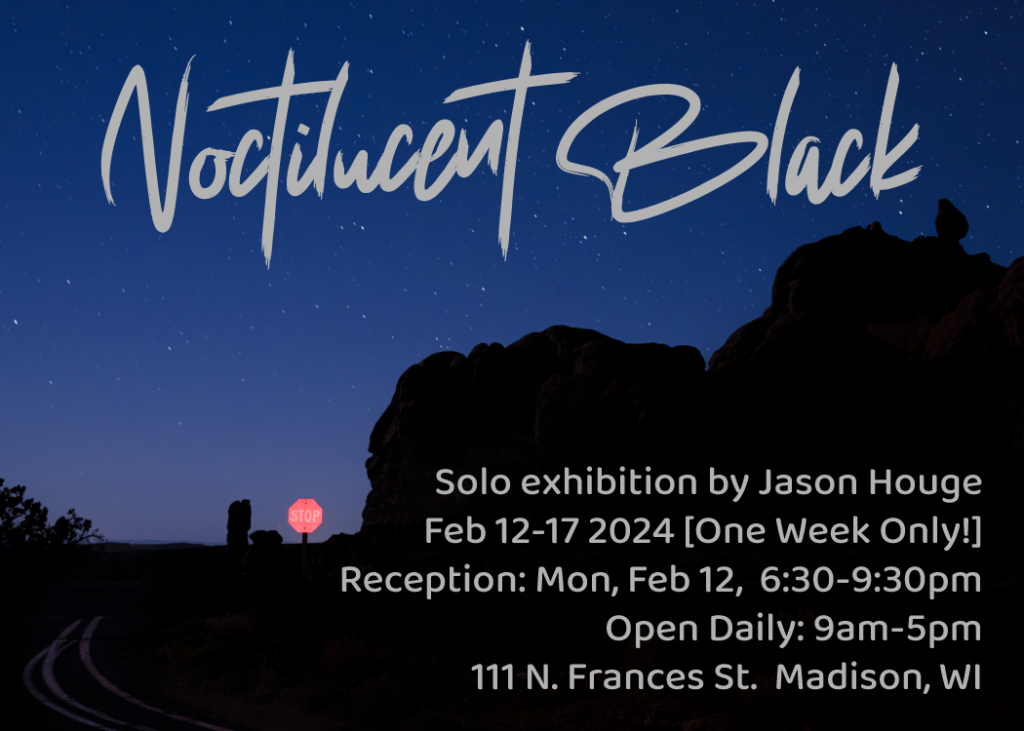Shop the Noctilucent Black Collection
Earth, the pale blue dot. Our biosphere spaceship from which we explore the universe. Until we discover otherwise, Earth is home to all life as we know it. The stars have a way of reminding us just how little we know and how small we are relative to the immensity of the universe. Life on Earth could be nothing more than mere impressions upon the skin of an electron orbiting near the nucleus of an atom located within the spiral fringe of a molecule known as the Milky Way. Depending upon one’s perspective, life can make us feel like we are everything or nothing at all.
Since time immemorial, the stars and phenomena in the sky above have been regarded as portents – omens – for life here on Earth. For a time the single brightest star in the sky, the Sun, was worshiped as the god of all creation. A passing comet was something to be feared, the Star of Bethlehem signified the birth of Christ, eclipses foretold the demise of one kingdom or another, and beware when Mercury is in retrograde. Scientists believe studying the cosmos will unveil the answers to understanding the origins of all things. But for many, the immensity of what surrounds this tiny planet triggers a feeling of existential dread, anxiety for the unknown and unspeakable fear of monsters that may lurk within the darkness.
Noctilucent Black
Statement continued from above…
The photographs in this exhibition play upon these notions to provoke thoughts about the history of our planet and our relationship with it. They act to remind us of the place we hold within the universe and address the problems we humans create for all life in the only home we’ve ever known. These otherworldly scenes of twilight landscapes become liminal portals shining through a primordial blackness into a familiar yet unknown world beyond. These portals could lead to Utah or ancient Mars. Can you imagine what it must have been like when dinosaurs roamed these once lush and drenched lands? I wonder what they thought when they saw the stars and planets over their world. As the skies above these remote places continue to be populated by humanities’ own constellations of satellites and aircraft, their twinkling lights become one with glittering sea of stars overhead. Never again will we see the skies as our ancestors saw them.
Gallery Installation
Detail of Display
Noctilucent Black Exhibition
What: Master of Fine Arts Qualifier Exhibition
Reception: Feb 12, 6:30-9:30pm
Where: University of Wisconsin – Madison Art Lofts
111 N. Frances St
Madison, WI
Duration: Feb 12 – 17
Hours: 9-5pm





























You must be logged in to post a comment.